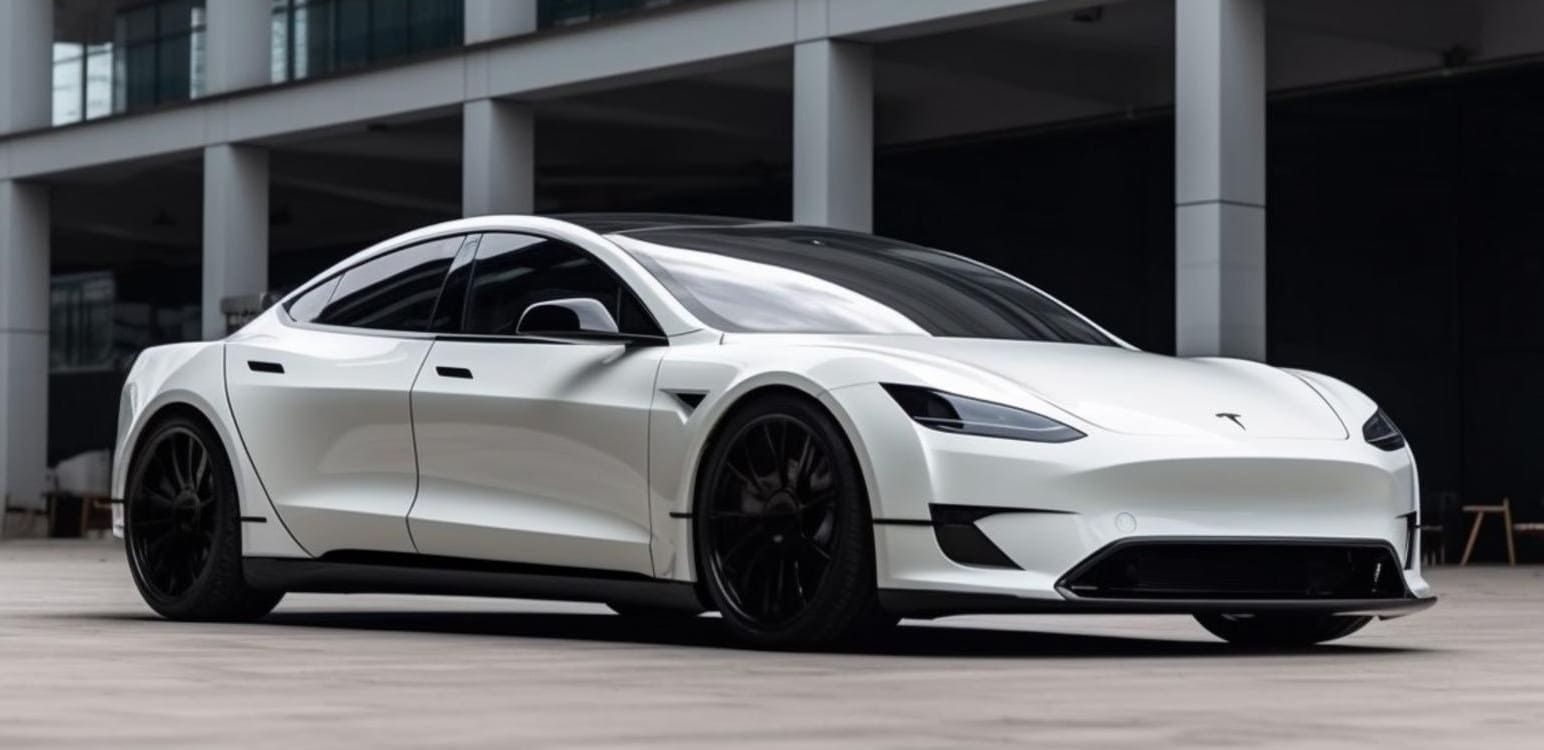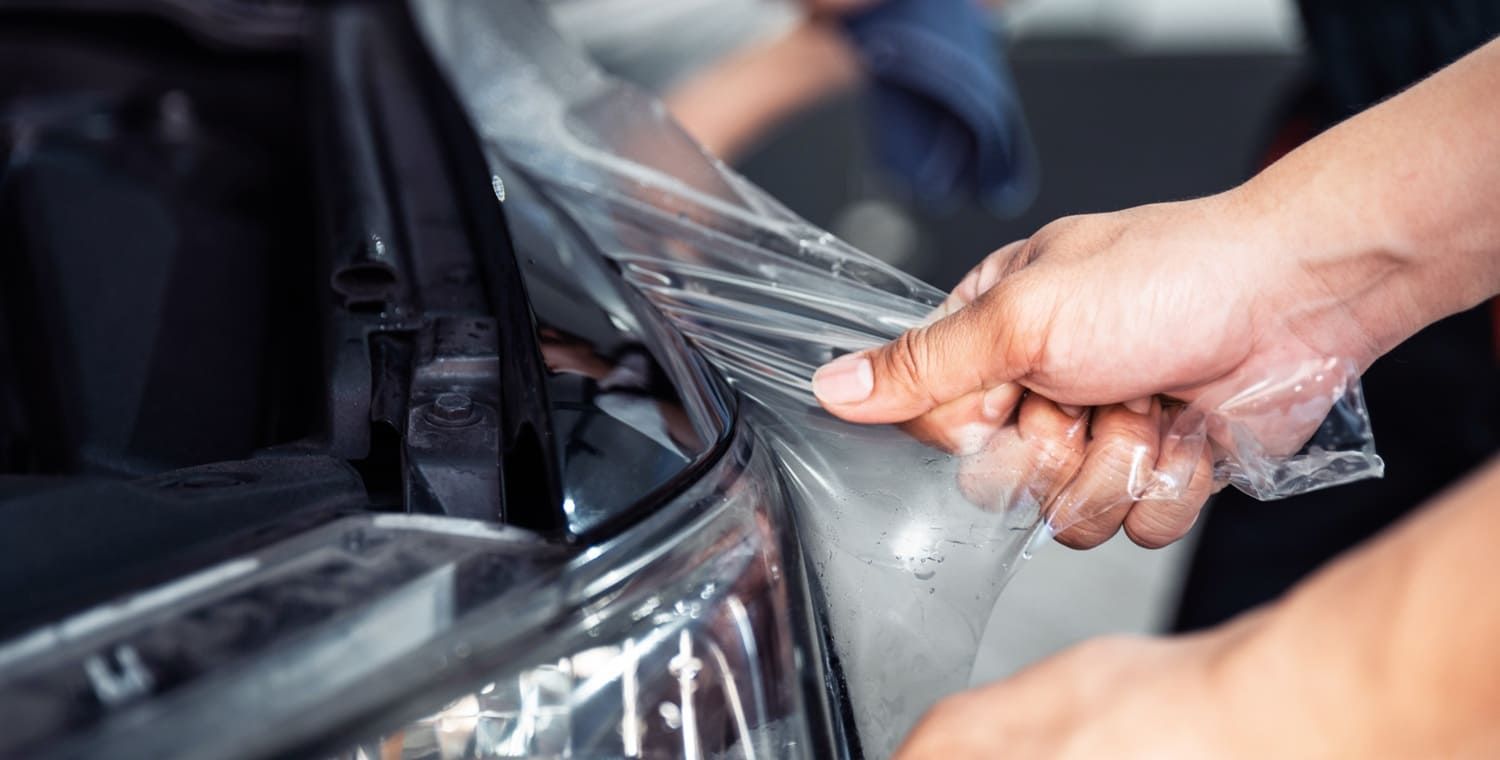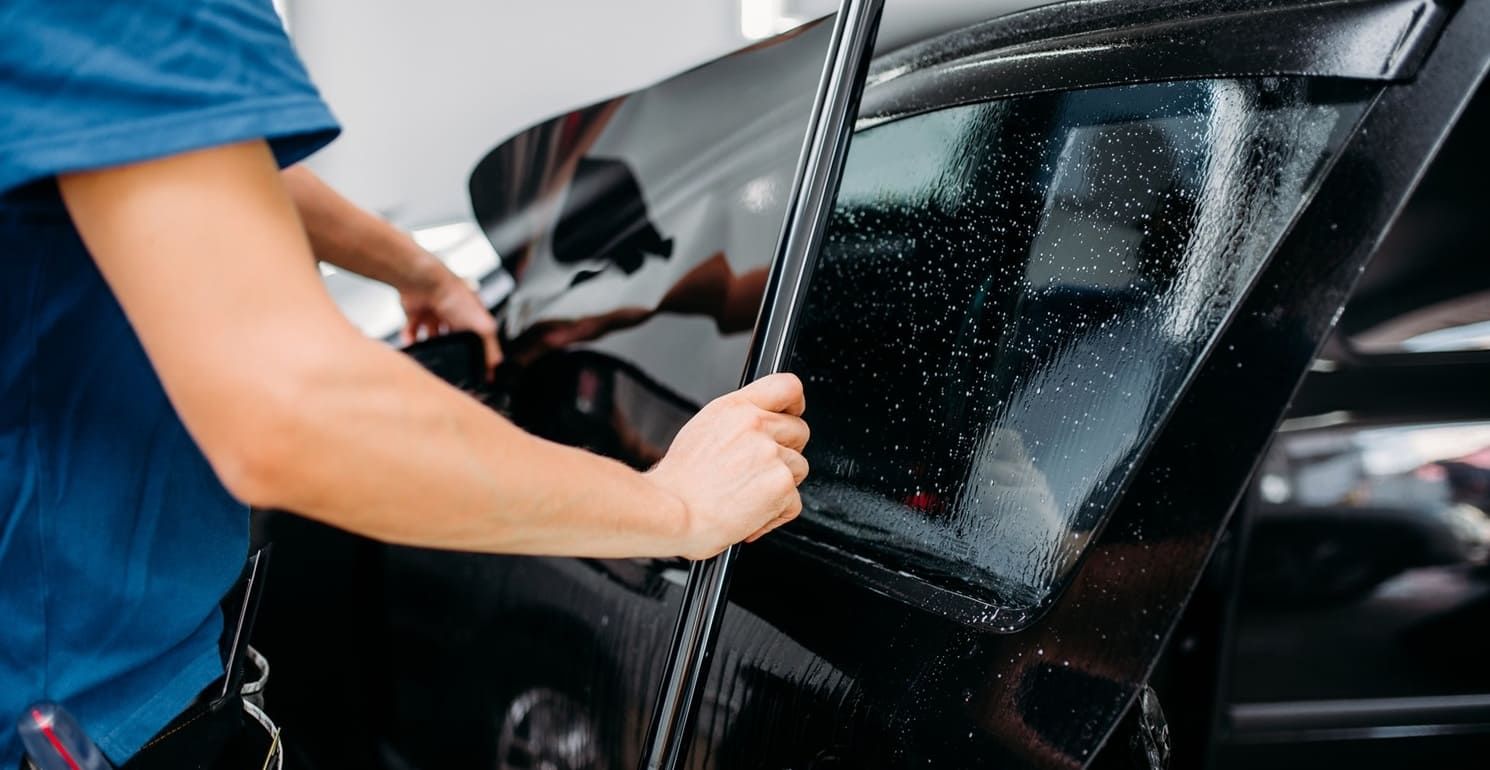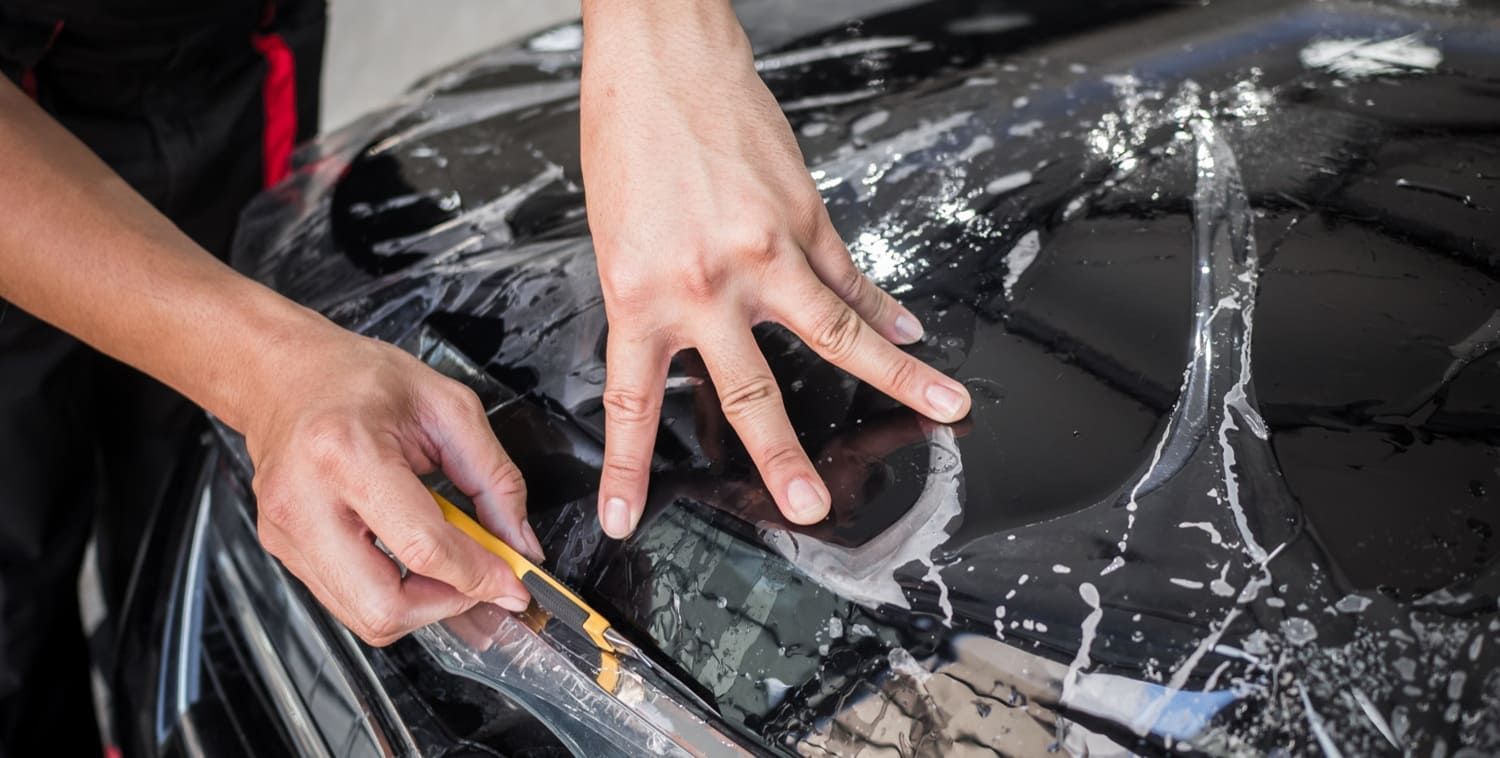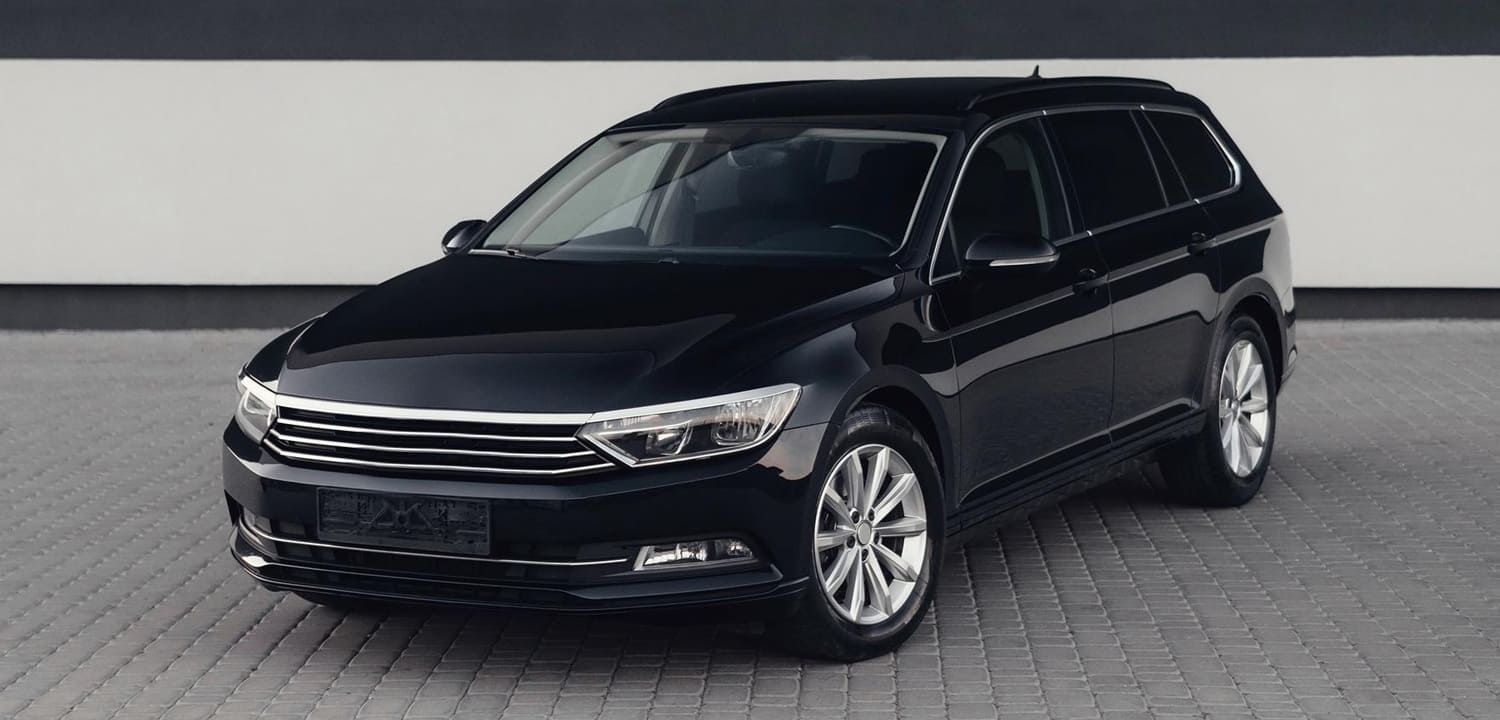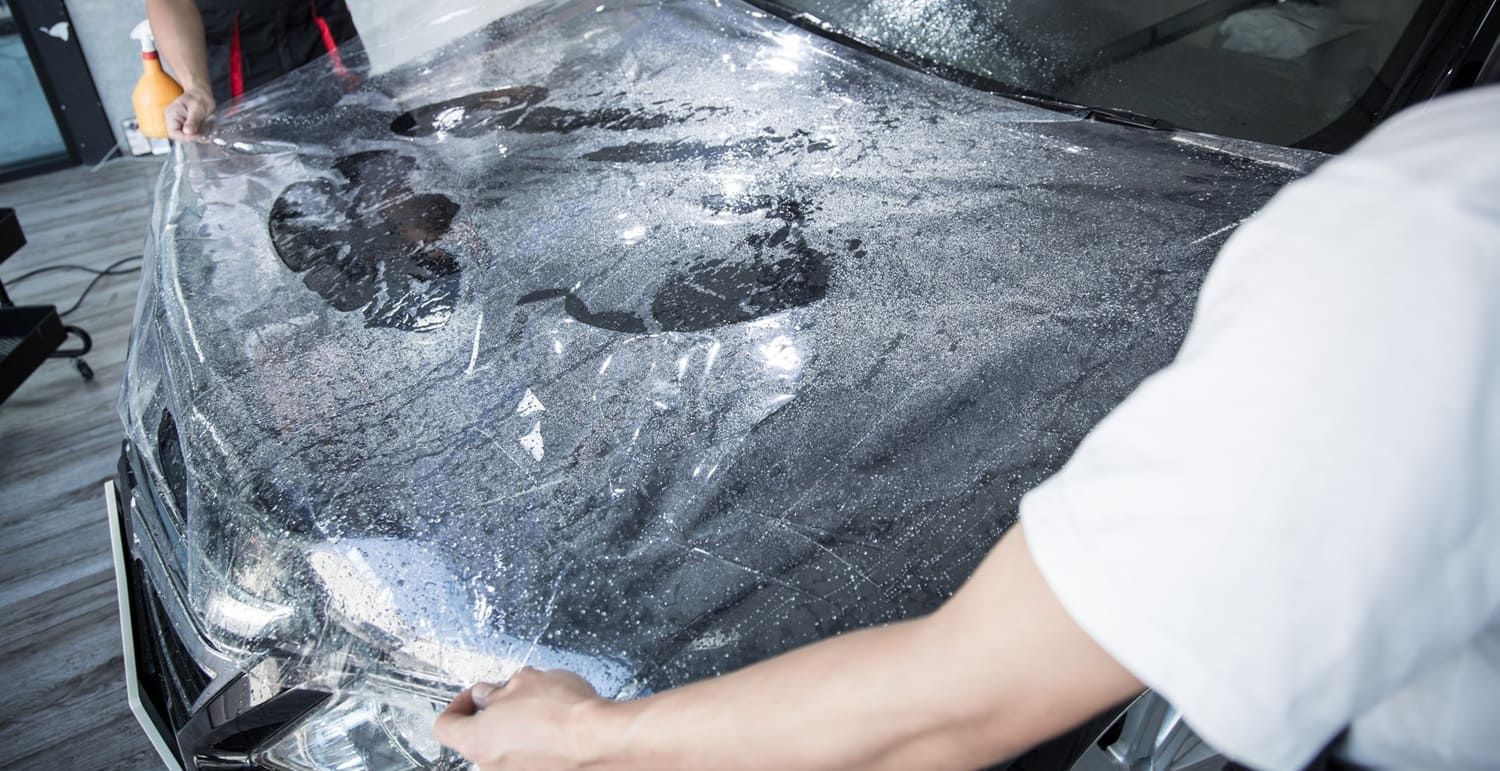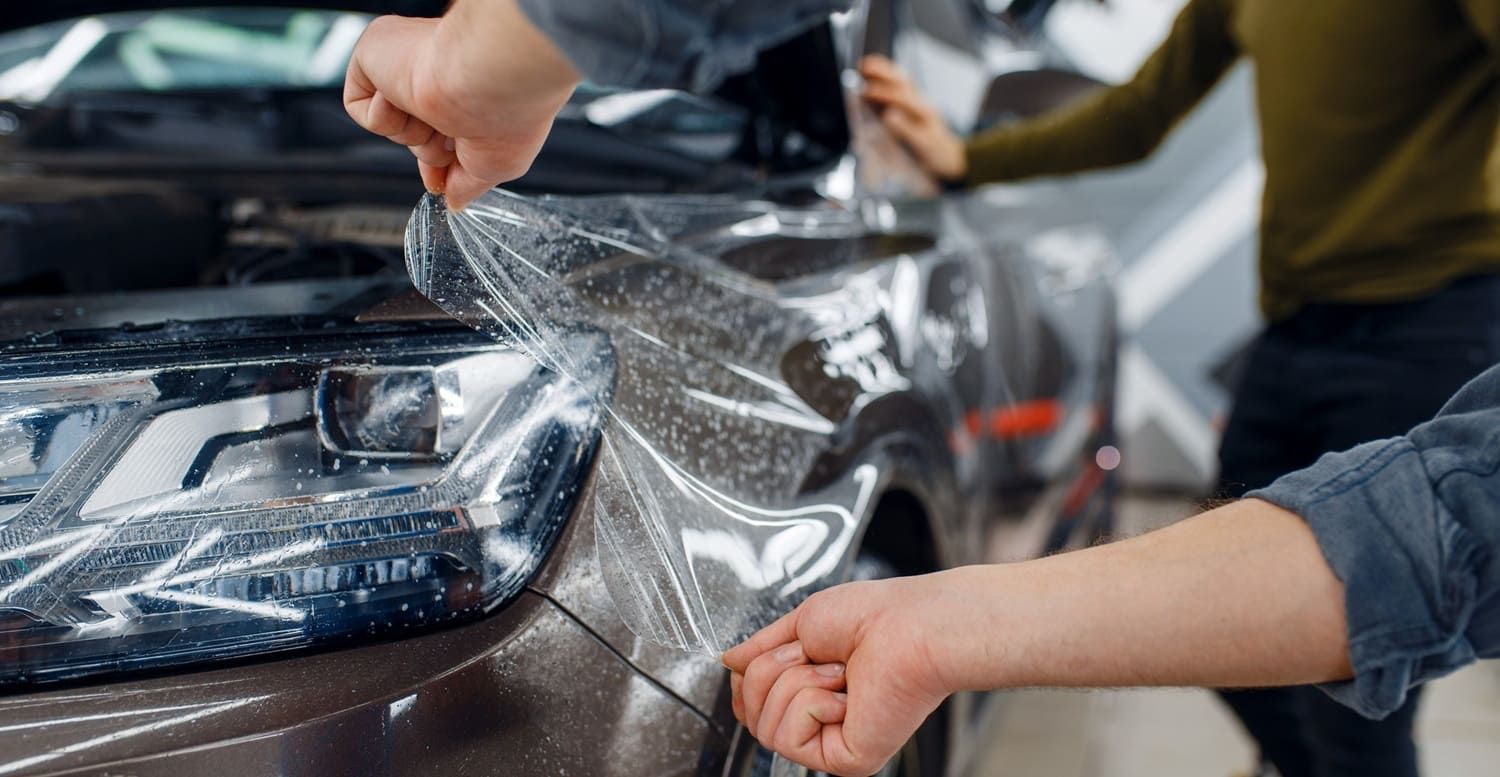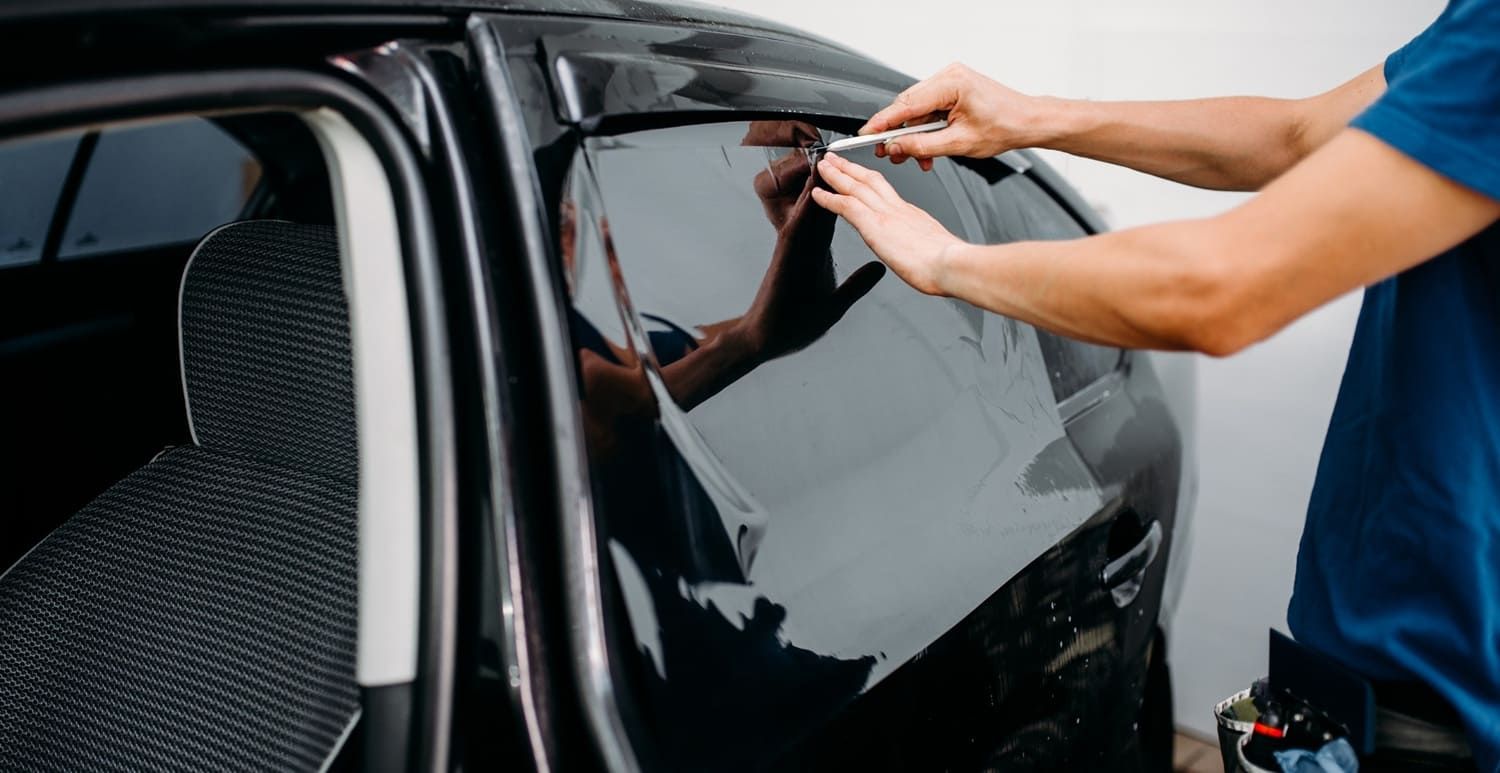What’s the Safest Tint Option for Night Driving?
Driving at night can be challenging. Glare from headlights and streetlights often makes it hard to see.
Window tinting can help. It reduces glare and improves visibility, enhancing night driving safety.
But not all tints are equal. Some can make night driving even more difficult.
Choosing the safest tint for night driving is crucial. It involves understanding visible light transmission (VLT) and local tint laws.
This guide will explore the best tint options for night driving. We'll cover types of tints, legal considerations, and installation tips.
By the end, you'll know how to choose the right tint for safer night driving.
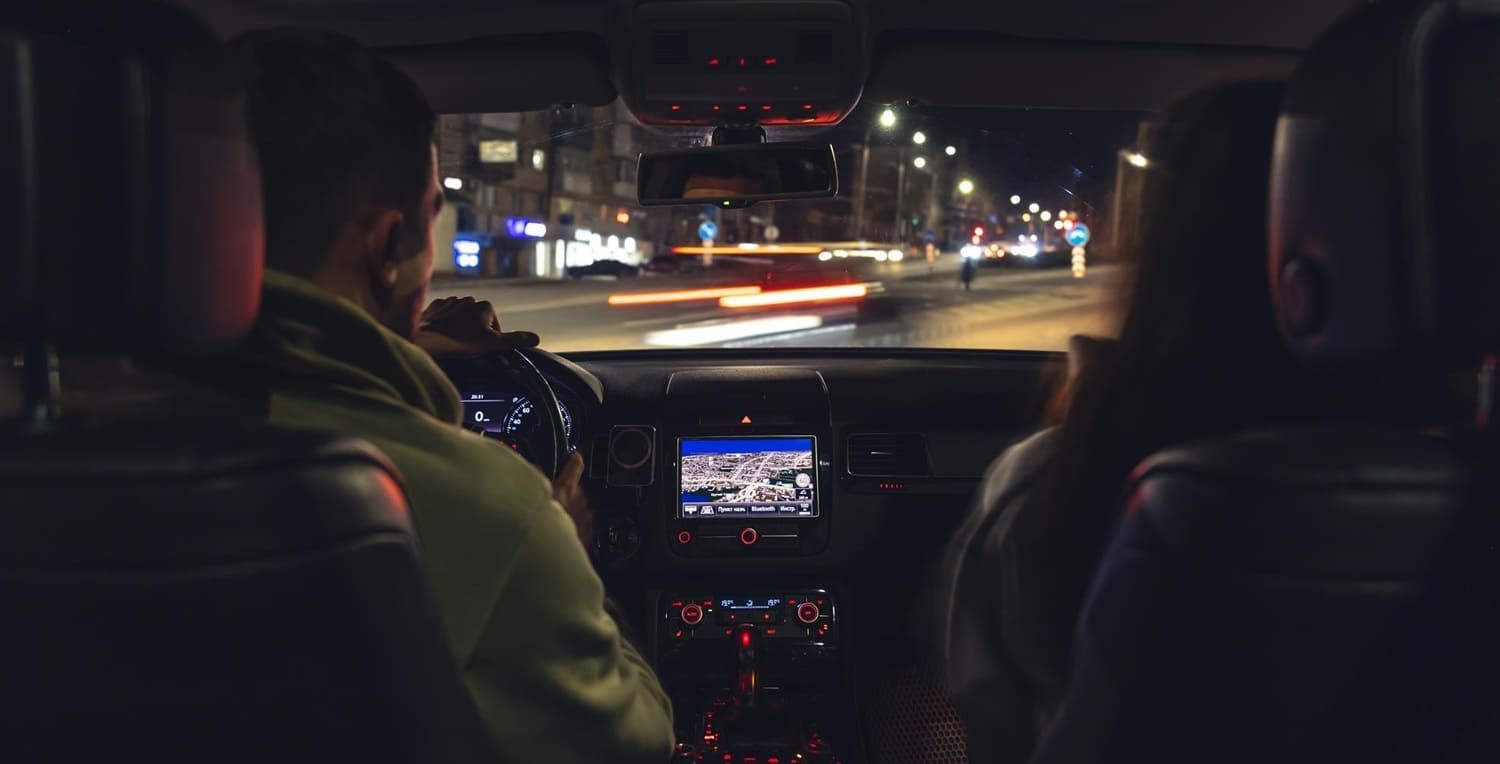
Why Night Driving Safety Matters
Driving at night presents unique challenges. Reduced visibility and increased glare contribute to a higher risk of accidents. These factors make understanding night driving safety vital for all drivers.
Poor visibility is a leading cause of nighttime accidents. Streetlights and oncoming headlights can create glare, which strains your eyes. This can make judging distances and reacting quickly difficult.
Ensuring safety while driving at night involves several considerations. Simple changes, like adjusting your headlights and keeping windshields clean, can make a difference.
Here are key reasons why night driving safety matters:
- Glare Reduction: Minimizes distractions.
- Enhanced Visibility: Helps in spotting obstacles and pedestrians.
- Reduced Accident Risk: Fewer risks of collisions and mishaps.
By focusing on these factors, you can improve your driving experience at night. Prioritizing safety measures ensures a safer journey for you and others on the road.
How Window Tint Affects Night Driving
Window tinting offers both advantages and challenges for nighttime driving. It is essential to understand these effects before making any changes to your vehicle. Tints can significantly alter how you perceive light and objects on the road.
A quality window tint can reduce glare from opposing headlights. This can lessen eye strain and improve your comfort while driving. However, choosing the wrong tint can have adverse impacts on your visibility.
Not all tints are suitable for night driving. Tints with low visible light transmission (VLT) can obscure your view in low-light conditions. This is why selecting the right VLT is critical.
Consider these key effects of window tint on night driving:
- Glare Reduction: Decreases distraction.
- Visibility: Enhances or reduces based on VLT.
- Comfort: Provides relief from headlight glare.
Being well-informed can help you choose a tint that enhances your night driving safety, ensuring a safer commute.
Understanding Visible Light Transmission (VLT)
Visible Light Transmission (VLT) is a critical factor in selecting window tints. It measures the amount of light passing through the tint. A higher VLT percentage allows more light into the vehicle.
VLT typically ranges from 5% to 70% or more. A VLT of 50% or higher is often ideal for night driving, as it strikes a balance between reducing glare and maintaining clear visibility. Lower VLT levels can obstruct visibility during nighttime driving.
The choice of VLT depends on your specific needs and local laws. Understanding VLT can help in making an informed decision. Here are key points about VLT:
- High VLT (50%+): Better visibility at night.
- Low VLT (<30%): Potentially poor night visibility.
- Balanced VLT: Offers glare reduction while ensuring safety.
Choosing the right VLT can greatly enhance both safety and comfort when driving at night.
Recommended Tint Percentages for Night Driving
Selecting the correct tint percentage significantly impacts night driving safety. Many experts suggest a tint with a higher Visible Light Transmission (VLT) for optimal nighttime visibility.
A VLT of 50% or higher is often recommended for night driving. This percentage allows sufficient light while reducing glare from other vehicles and streetlights. It balances safety with comfort without severely limiting visibility.
Darker tints, such as those with a VLT below 30%, might enhance privacy during the day but can diminish night driving safety. They make it harder to see pedestrians or obstacles in low light conditions.
Consider the following key recommendations:
- 50% VLT or Higher: Ideal for clear night visibility.
- 35% VLT: Possible if balanced with good driving conditions.
- Below 30% VLT: Not recommended for most night driving scenarios.
Ultimately, checking your state's tint laws is vital. These laws guide appropriate VLT percentages, ensuring compliance and safety on the road at night.
Comparing Tint Types: Ceramic, Carbon, Dyed, and More
Different tint types offer various benefits for night driving safety. Understanding these differences can help you choose the safest option for your needs.
Ceramic tints are well-regarded for their clarity and heat rejection capabilities. They allow for better visibility at night and minimize glare effectively without compromising electronic signals like GPS.
Carbon tints offer a non-reflective matte finish. These tints effectively block UV rays and maintain good night visibility, making them a favorable choice for many drivers.
On the other hand, dyed tints are often less expensive. However, they may not provide the same clarity as ceramic or carbon, which can be a concern when driving at night.
Consider each tint type based on specific features:
- Ceramic Tints:
- Exceptional clarity.
- Superior heat rejection.
- Carbon Tints:
- UV blocking.
- Non-reflective finish.
And weigh these benefits against more economical options:
- Dyed Tints:
- Cost-effective.
- Lower clarity.
Each type's performance should be evaluated against your driving habits and needs. A balanced consideration of cost, performance, and legal compliance will guide you to the best choice.
Glare Reduction and Visibility: Key Factors for Night Safety
Glare is a common problem for many drivers, especially at night. Effective glare reduction can significantly enhance night driving safety by improving overall visibility.
Certain window tints are designed specifically to reduce glare from headlights and streetlights. By minimizing harsh light exposure, these tints can decrease eye strain and make driving at night more comfortable.
When considering tints for improved visibility, focus on features that target glare reduction:
- High visible light transmission.
- Minimal reflectivity.
- Enhanced anti-glare properties.
Choosing a tint that effectively reduces glare, without compromising visibility, is key. This ensures that you remain alert and safe on the road, even in challenging night-time conditions.
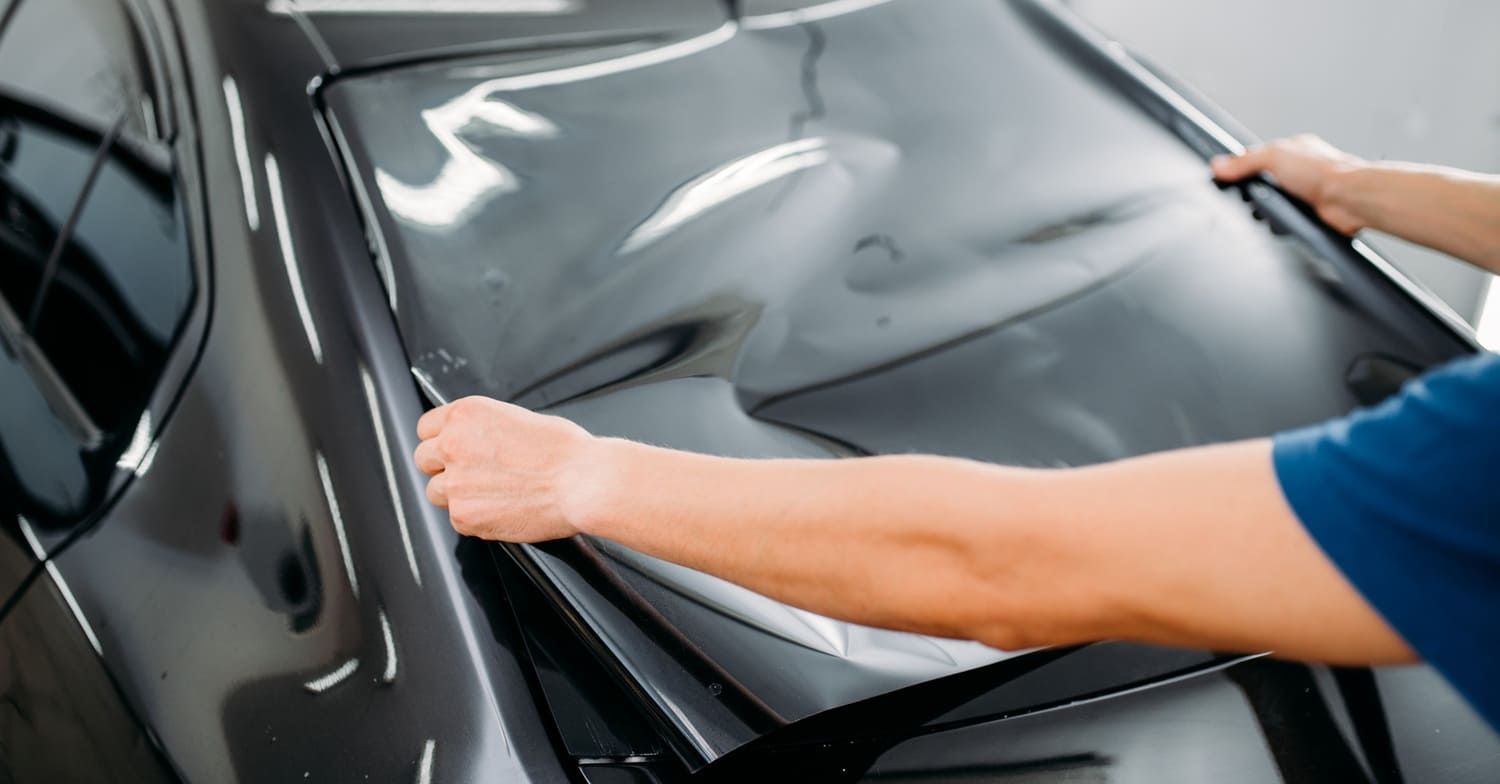
Legal Considerations and Local Tint Laws
Understanding local tint laws is vital for drivers. Regulations can vary significantly depending on your location. These laws ensure that tints do not impede visibility for drivers or law enforcement.
Most regions specify a minimum visible light transmission (VLT) percentage. This ensures adequate visibility while driving at night. Failure to comply with these laws can result in fines or needing to remove the tint entirely.
When selecting a tint, consider the following:
- Check state-specific regulations.
- Ensure your tint adheres to local VLT requirements.
- Be aware of any exemptions, such as medical needs.
Staying informed about these legal considerations will help you choose the safest tint for night driving while ensuring compliance with local laws.
Professional vs. DIY Installation: What’s Best for Safety?
When it comes to installing window tints, both professional and DIY approaches have pros and cons. Professional installation often guarantees quality and adherence to legal standards. Experienced installers ensure the tint is evenly applied, preventing bubbles or peeling.
DIY installation is a cheaper alternative but may lack precision. Mistakes in application could lead to visibility issues, affecting night driving safety. If you choose the DIY route, you should be prepared for a learning curve.
Consider the following when deciding between professional and DIY:
- Skill level and experience
- Time commitment for proper application
- Potential costs and long-term benefits
Ultimately, prioritize safety and visibility when making your choice.
Maintenance and Longevity of Tints for Night Driving
Proper maintenance extends the life of your car's window tint. Regular care ensures it remains effective and clear. Clean your tinted windows with mild soap and a soft cloth. Avoid using abrasive chemicals that can damage the tint.
Routine inspections help identify any bubbling or peeling. Early detection allows for timely repairs, maintaining the tint's functionality. Follow these maintenance tips:
- Use ammonia-free cleaners
- Inspect for signs of wear
- Address issues promptly
By taking these steps, you prolong the tint's effectiveness, ensuring it continues to enhance visibility and night driving safety. Consistent care leads to long-lasting performance.
Tips for Choosing the Safest Tint for Your Needs
Choosing the right tint for night driving involves several considerations. You need a balance between visibility and protection. Opt for tints with high VLT (Visible Light Transmission) for better nighttime clarity.
Evaluate your driving habits and environmental conditions. Use these pointers to guide your choice:
- Check local tint laws
- Consider climate and weather
- Select reputable brands
Prioritizing these factors helps you select a tint that enhances night driving safety. A well-chosen tint can offer a smoother and safer driving experience day and night.
Frequently Asked Questions About Night Driving Tints
Many drivers often have questions about the best tint for their car windows, especially for night use. Here, we address common concerns and questions.
What is the safest window tint percentage for driving at night?
The safest tint percentage for night driving typically falls between 35% and 50% VLT (Visible Light Transmission). These shades reduce glare and UV exposure during the day while still allowing ample visibility in low-light conditions.
Why is darker tint not recommended for night driving?
Darker tints like 15% or 5% VLT may look sleek and offer more privacy, but they significantly reduce visibility at night—especially in poorly lit areas—making it harder to see pedestrians, signs, or obstacles.
Are ceramic tints better for night driving?
Yes. Ceramic window tints block UV and infrared heat without being overly dark. They provide crystal-clear visibility, making them one of the best options for safe night driving while still enhancing daytime comfort.
Can factory tint impact night visibility?
Factory tint is usually applied only to rear windows and can already reduce visibility. Adding a dark aftermarket tint on top may make it even harder to see out at night. It’s important to choose complementary VLT levels.
How do I know which tint is legal and safe in my state?
State laws often dictate the minimum legal VLT for front and rear windows. Choosing a legal and balanced tint—like 35% VLT on front side windows—helps ensure both safety and compliance.
Is glare reduction more important than darkness at night?
Yes. Instead of going for the darkest possible tint, opt for tint films with anti-glare properties like high-quality ceramic or hybrid films. These enhance visibility by cutting down on headlight glare without overly dimming your view.
Where can I get safe, night-driving–friendly tint installed?
For expert help selecting and installing the ideal tint for nighttime visibility, call East Coast Tint Enterprise at (954) 865-7503. We offer professional advice and premium film options that deliver comfort, clarity, and confidence—day or night.
Conclusion: Making the Right Choice for Night Driving Safety
Selecting the right tint is crucial for safe night driving. It balances visibility and glare reduction, keeping you safer on the roads at night. Prioritizing a tint with a high VLT percentage ensures optimal visibility. It’s vital to consider both legal requirements and personal safety needs. Consulting with professionals and researching options can help make an informed decision. Proper installation and maintenance further ensure that your tint performs well and lasts longer. By choosing wisely, you enhance your driving experience and contribute to road safety. For expert guidance and a free estimate, contact East Coast Tint Enterprise, professional window tinting installers serving Roswell, GA.



